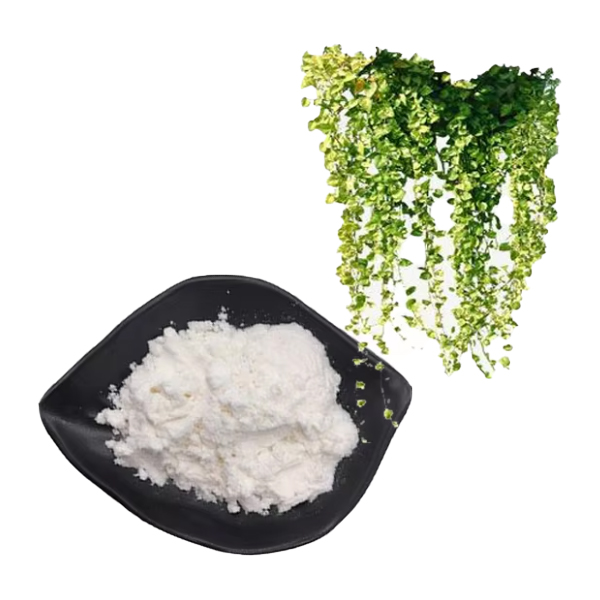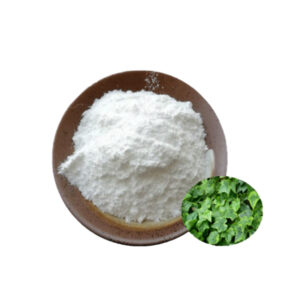Sinomenine hcl
-Plant extracts
1. Natural Source;
2. Easy to process and store;
3. High quality.
Share the product
Product information
Product Properties
The climbing plant Sinomenium acutum, native to Japan and China, contains an alkaloid called sinomenine (or cocculine) in its roots. Traditional herbal practitioners in these countries use this compound to treat rheumatism and arthritis, though it provides limited relief for other types of pain.
As a morphinan derivative, sinomenine shares structural similarities with opioids. Scientists believe that histamine release primarily mediates its antirheumatic effects, though the compound may also work by inhibiting prostaglandin, leukotriene and nitric oxide synthesis.
Detailed Description
Product name: Sinomenine hcl
English name: Sinomenine actum Rhd Extract
Active ingredients: Sinomenine hcl
Specification: 98% Sinomenine hcl
Appearance: Fine powder
Odor: Characteristic
Test Method: HPLC
Molecular Formula: C19H23NO4
Molecular Weight: 329.38
Functions
Sinomenine (Cocculine) is an alkaloid that occurs in the root of the climbing plant Sinomenium acutum, native to Japan and China. Traditional herbal medicine in these countries uses it to treat rheumatism and arthritis, though it provides limited analgesic effects for other types of pain.
As a morphinan derivative, sinomenine shares a structural relationship with opioids. Researchers believe that its antirheumatic effects primarily result from histamine release, but other mechanisms—such as inhibiting prostaglandin, leukotriene, and nitric oxide synthesis—may also contribute.
Applications
Sinomenine HCL is now known to be effective in neuralgia and rheumatic diseases. That is a unique plant alkaloid, as it potently releases histamine in association with degranulation of mast cells in connective tissue, preferentially in the skin and joint capsules. The released histamine is responsible for the pharmacological actions of sinomenine, such as vasodilation, increased vascular permeability, acceleration of the thoracic and peripheral lymph flow, contraction of smooth muscles, increased peristalsis of the intestines, and stimulation of gastric acid secretion.



